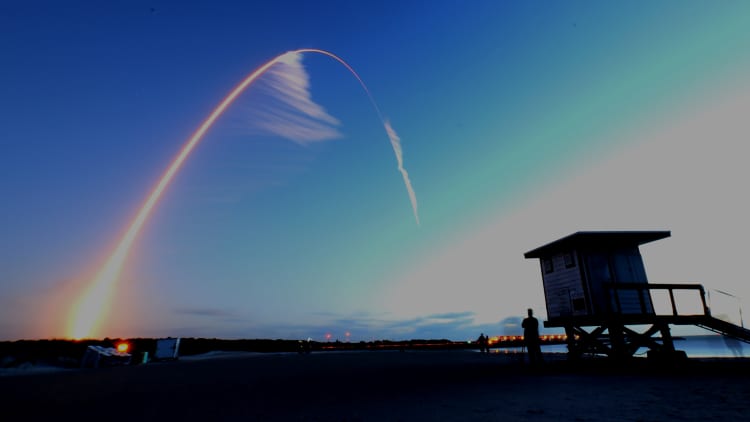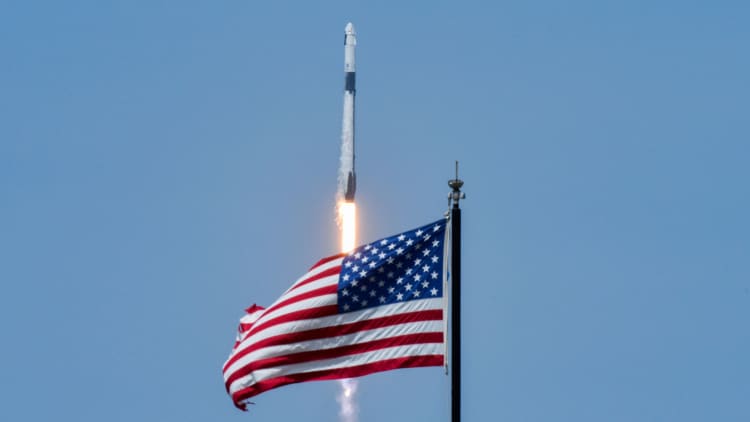NASA and Boeing are targeting later this year to re-fly a key test of the company's Starliner spacecraft, although the U.S. space agency emphasized on Tuesday that a launch date has not yet been chosen.
A NASA investigation found 80 recommended changes for Boeing to make to its spacecraft, after the aerospace company's December spaceflight test failed due to multiple anomalies. Starliner was supposed launch to the International Space Station, deliver cargo and return safely — in a key final test before flying people.
But Starliner did not dock with the ISS after its autonomous flight-control system misfired shortly after the launch, putting Starliner in the wrong orbit. The spacecraft returned after about two days in orbit, safely landing as planned in the New Mexico desert. While Boeing was able to conduct tests of many parts of Starliner during the shortened flight, NASA declared the flight test a "close call," saying that the spacecraft could have been lost twice during the mission.
While NASA's investigation into the failed flight test was unfinished at the time, Boeing in April said that it will re-do the uncrewed flight test. The company had previously set aside $410 million in case re-flying the test was required.

NASA previously said that the investigation had found 61 "corrective actions" for Starliner. That number increased to 80 recommended corrections at the conclusion of NASA's review on Tuesday.
"Today we're turning the page from the investigation phase from [the flight test] into hardware development" for the next flight, NASA Commercial Crew program manager Steve Stich told reporters.
Boeing has been developing Starliner under NASA's Commercial Crew program, with billions in funding going to Boeing and SpaceX to each develop spacecraft to replace the Space Shuttle program. Under Commercial Crew, NASA awarded SpaceX about $3.1 billion and Boeing about $4.8 billion over the past decade. SpaceX developed its Crew Dragon capsule, which launched astronauts for the first time in May, while Boeing developed its Starliner capsule.
Just over a year ago Boeing appeared to be months ahead of SpaceX in its schedule to launch NASA astronauts for the first time. In April 2019, NASA said that Boeing's uncrewed flight test was targeting August, with its first crewed Starliner flight aiming for "late 2019," while SpaceX was investigating a Crew Dragon test failure. Boeing's uncrewed flight test didn't launch until December and was cut short after its autonomous flight system malfunctioned.

"The pacing item right now for [the next] flight is getting all the software upgrades in place and tested," Stich said.
NASA did not release the full list of 80 recommendations it has made to Boeing, instead releasing a summary. The space agency said the investigative report's findings were "company sensitive and proprietary," although NASA said it would share lessons from the investigation with other human spaceflight companies like SpaceX.
Subscribe to CNBC PRO for exclusive insights and analysis, and live business day programming from around the world.


